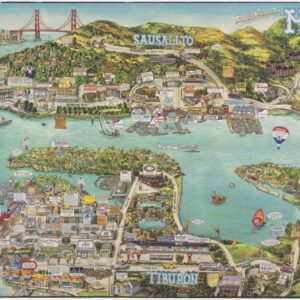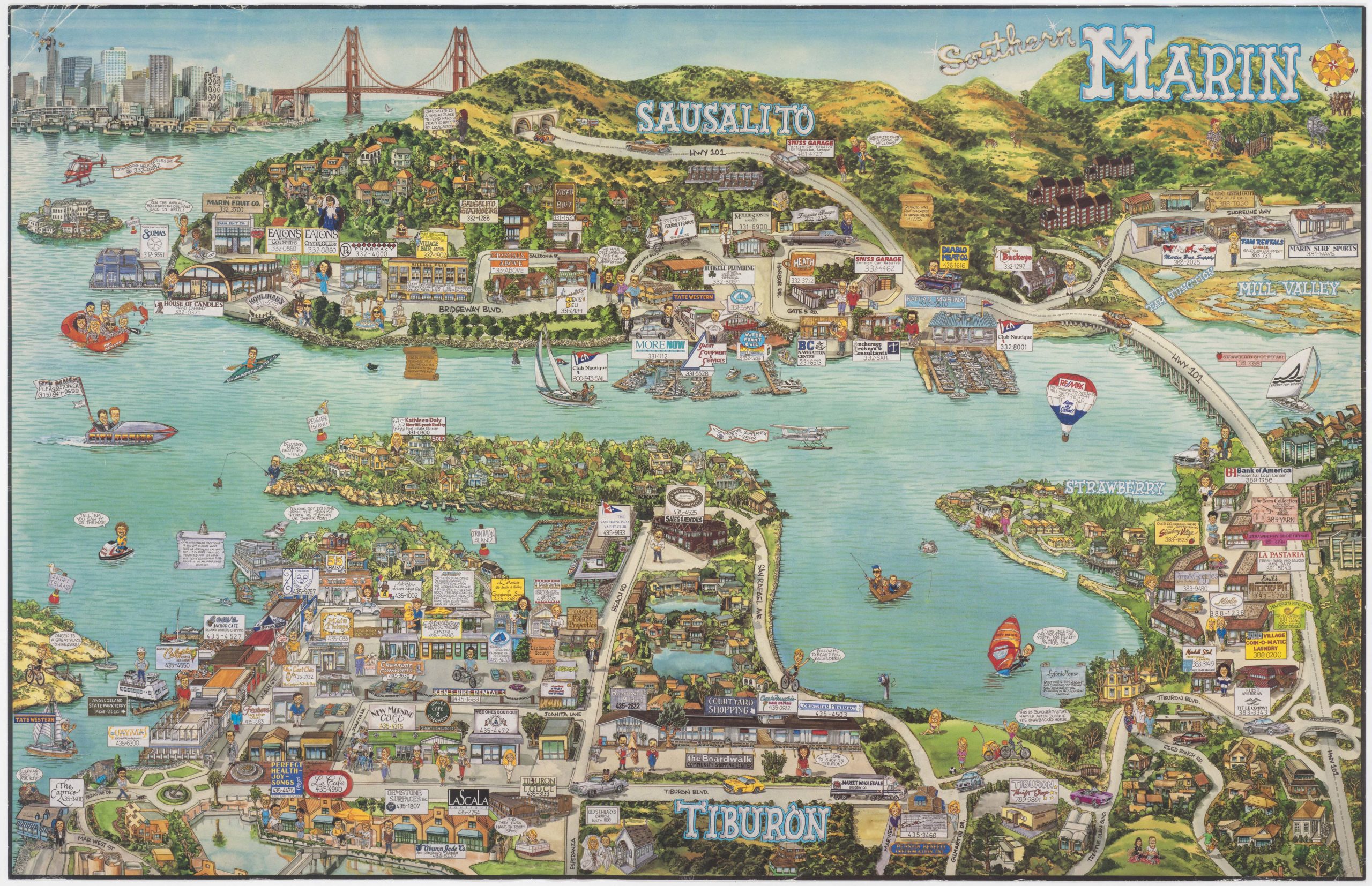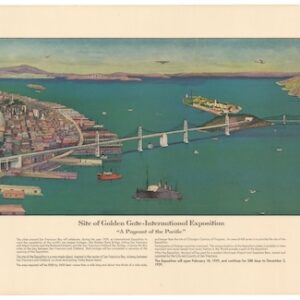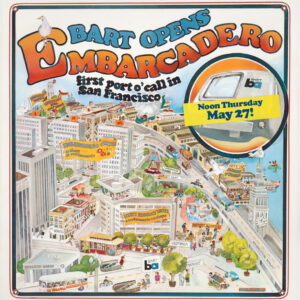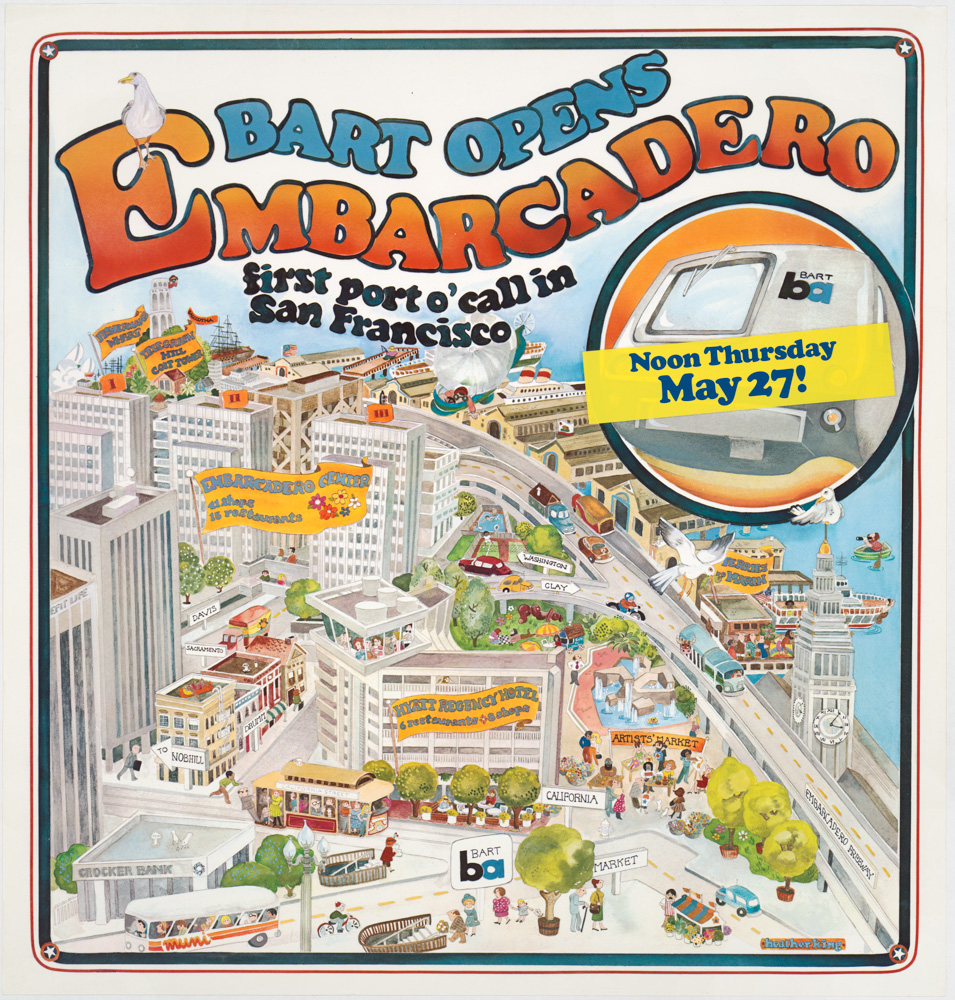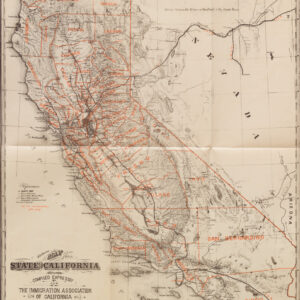A lovely 19th-century map of California with up-to-date survey work, including railroads.
Britton and Rey’s Reduced Map of the State of California
Out of stock
Description
Scarce and notable map of California by Goddard, from the plate of the original issue of 1858, with additions.
Based on Goddard’s famous large-format map of the state, this reduced version includes new survey information, including significant updates corresponding to the Transcontinental Railroad. A rail connection between Los Angeles and Fort Yuma has also been added.
The map offers exceptional detail, including administrative (county seats, towns, and ranchos) and transportation infrastructure (wagon roads, emigrant trails, railroads), along with mines and hospices.
Cartographer(s):
Britton & Rey (1852 – 1906) was a lithographic printing firm based in San Francisco and founded by Joseph Britton and Jacques Joseph Rey in 1852. Especially during the second half of the 19th century, Britton and Rey became the leading lithography firm in San Francisco, and probably California. Among their many publications were birds-eye-views of Californian cities, depictions of the exquisite landscapes, stock certificates, and no least maps. While Rey was the primary artist, Britton worked not only as the main lithographer but was essentially also the man running the business. In addition to their own material, the firm reproduced the works of other American artists like Thomas Almond Ayres (1816 – 1858), George Holbrook Baker (1824 – 1906), Charles Christian Nahl (1818 – 1878), and Frederick August Wenderoth (1819 – 1884). Following Rey’s death in 1892 Britton passed the form on to Rey’s son, Valentine J. A. Rey, who ran it until the great earthquake and fire of 1906 destroyed most of the company’s assets.
Joseph Britton (1825 – July 18, 1901) was a lithographer and the co-founder of the prominent San Francisco lithography studio Britton and Rey. He was also a civic leader in San Francisco, serving on the Board of Supervisors and helping to draft a new city charter. In 1852, he became active in lithography and publishing, first under the name ‘Pollard and Britton,’ and then ‘Britton and Rey,’ a printing company founded with his friend and eventual brother-in-law Jacques Joseph Rey. Britton and Rey became the premier lithographic and engraving studio of the Gold Rush era, producing letter sheets, maps, and artistic prints.
Jacques Joseph Rey (1820 – 1892) was a French engraver and lithographer born in the Alsatian town of Bouxwiller. At the age of about 30, he emigrated to America, eventually settling in California. Here, he soon entered into a partnership with local entrepreneur and civic leader Joseph Britton. Three years later, Rey also married Britton’s sister, allowing his business partner and brother-in-law Britton to live in their house with them. Rey and Britton were not only an important part of the San Francisco printing and publishing scene but also owned a plumbing and gas-fitting firm. In the early years, both men would sometimes partner up with others on specific projects, but by the late 1860s, their partnership was more or less exclusive.
George E. GoddardGeorge Henry Goddard (1817-1906) was an accomplished artist and civil engineer who played a pivotal role in California’s early history. Originally from England, he ventured to California during the height of the Gold Rush, initially seeking fortune in the goldfields. His transition to professional surveying soon entailed working for the California government and winning lucrative contracts from railway and mining companies. This work, in turn, led to significant contributions in cartography, including notable publications such as Britton & Rey’s Map Of The State Of California (1857).
In recognition of his groundbreaking work in surveying the Sierra Nevada, one of the range’s highest peaks (13,564 feet) was named ‘Mount Goddard’ after him in 1864. His later move to San Francisco saw the creation of several iconic representations of the city and its surroundings, etching his name into San Francisco’s historical legacy.
Throughout his adult life, Goddard diligently collected historical objects and documents pertaining to California. Stanford was planning on building a museum for his collection when it was destroyed in the fires following the 1906 San Francisco Earthquake. While Goddard himself survived the conflagration, the calamity took such a toll that he died a few months later.
Condition Description
Excellent impression; minor discoloration in fold from original binding.
References
